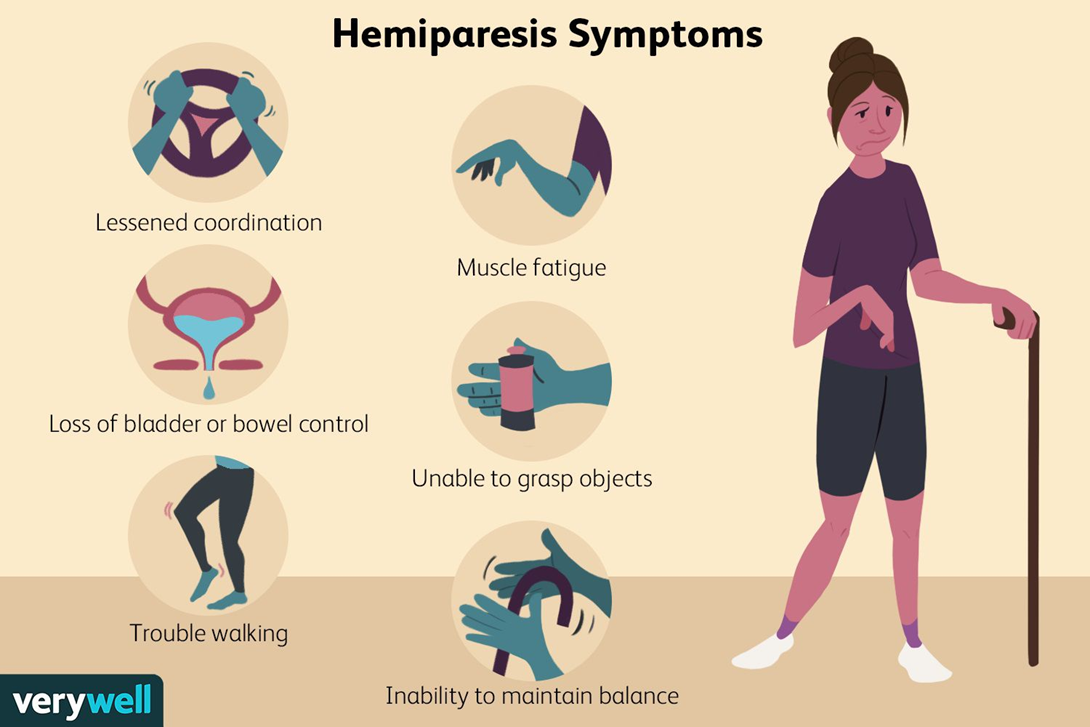A nurse is evaluating the meal choices of a client who has major depressive disorder and a prescription for phenelzine. Which of the following food selections should the nurse identify as appropriate?
Strawberry yogurt
Cheddar cheese
Smoked salmon
Pepperoni pizza
The Correct Answer is A
Choice A reason: Strawberry yogurt is an appropriate food choice for a client who is taking phenelzine, as it does not contain tyramine, a substance that can interact with the medication and cause a hypertensive crisis. Yogurt is also a good source of protein, calcium, and probiotics, which can benefit the client's mood and health.
Choice B reason: Cheddar cheese is not an appropriate food choice for a client who is taking phenelzine, as it contains a high amount of tyramine, especially if it is aged or processed. Cheese and other dairy products that are high in tyramine should be avoided by the client, as they can cause severe hypertension, headache, nausea, and palpitations.
Choice C reason: Smoked salmon is not an appropriate food choice for a client who is taking phenelzine, as it contains a moderate amount of tyramine, especially if it is cured or fermented. Salmon and other fish or meat products that are high in tyramine should be limited or avoided by the client, as they can increase the blood pressure and heart rate.
Choice D reason: Pepperoni pizza is not an appropriate food choice for a client who is taking phenelzine, as it contains a low amount of tyramine, but it can accumulate if consumed in large quantities or with other tyramine-containing foods. Pepperoni and other sausages or deli meats that are high in tyramine should be consumed with caution by the client, as they can cause mild hypertension, flushing, and sweating.
Nursing Test Bank
Naxlex Comprehensive Predictor Exams
Related Questions
Correct Answer is C
Explanation
Choice C reason: This statement shows that the client has understood the importance of vitamin D and calcium for bone health. Fortified milk, fatty fish, and cheese are good sources of both nutrients, which help to maintain bone density and prevent osteoporosis.
Choice A reason: This statement is incorrect, as vitamin A supplementation can have adverse effects on bone health. Excessive intake of vitamin A can increase the risk of fractures and reduce bone mineral density.
Choice B reason: This statement is partially correct, as calcium supplementation can help to meet the daily requirement of calcium for bone health. However, calcium alone is not enough, as vitamin D is also needed to facilitate the absorption of calcium and prevent its loss from the bones.
Choice D reason: This statement is irrelevant, as none of the foods mentioned are particularly beneficial for bone health. Orange juice, lean meats, and egg whites are good sources of vitamin C, protein, and biotin, respectively, but they do not provide significant amounts of vitamin D or calcium.
Correct Answer is C
Explanation
Choice A reason: Hypernatremia is not a sign of water intoxication, but rather the opposite condition. Hypernatremia means high sodium levels in the blood, which can occur when the body loses more water than sodium, such as in dehydration, diabetes insipidus, or excessive salt intake. Water intoxication causes hyponatremia, which means low sodium levels in the blood, due to excessive water intake or retention.
Choice B reason: Weak pulses are not a specific sign of water intoxication, but rather a general sign of poor perfusion or circulation. Weak pulses can have many causes, such as hypotension, shock, heart failure, or peripheral vascular disease. Water intoxication can cause hypotension, but it can also cause hypertension, depending on the volume status of the client.
Choice C reason: Muscle weakness is a sign of water intoxication, as it reflects the effect of low sodium levels on the neuromuscular system. Sodium is essential for nerve and muscle function, as it helps generate electrical impulses and contractions. When sodium levels drop too low, the nerves and muscles become less responsive and weaker. Other signs of water intoxication affecting the nervous system include confusion, headache, seizures, and coma.
Choice D reason: Exaggerated reflexes are not a sign of water intoxication, but rather a sign of hyperreflexia, which is a condition of overactive reflexes. Hyperreflexia can have many causes, such as spinal cord injury, stroke, multiple sclerosis, or electrolyte imbalance. Water intoxication can cause electrolyte imbalance, but it usually leads to hyporeflexia, which is a condition of reduced or absent reflexes.

Whether you are a student looking to ace your exams or a practicing nurse seeking to enhance your expertise , our nursing education contents will empower you with the confidence and competence to make a difference in the lives of patients and become a respected leader in the healthcare field.
Visit Naxlex, invest in your future and unlock endless possibilities with our unparalleled nursing education contents today
Report Wrong Answer on the Current Question
Do you disagree with the answer? If yes, what is your expected answer? Explain.
Kindly be descriptive with the issue you are facing.
